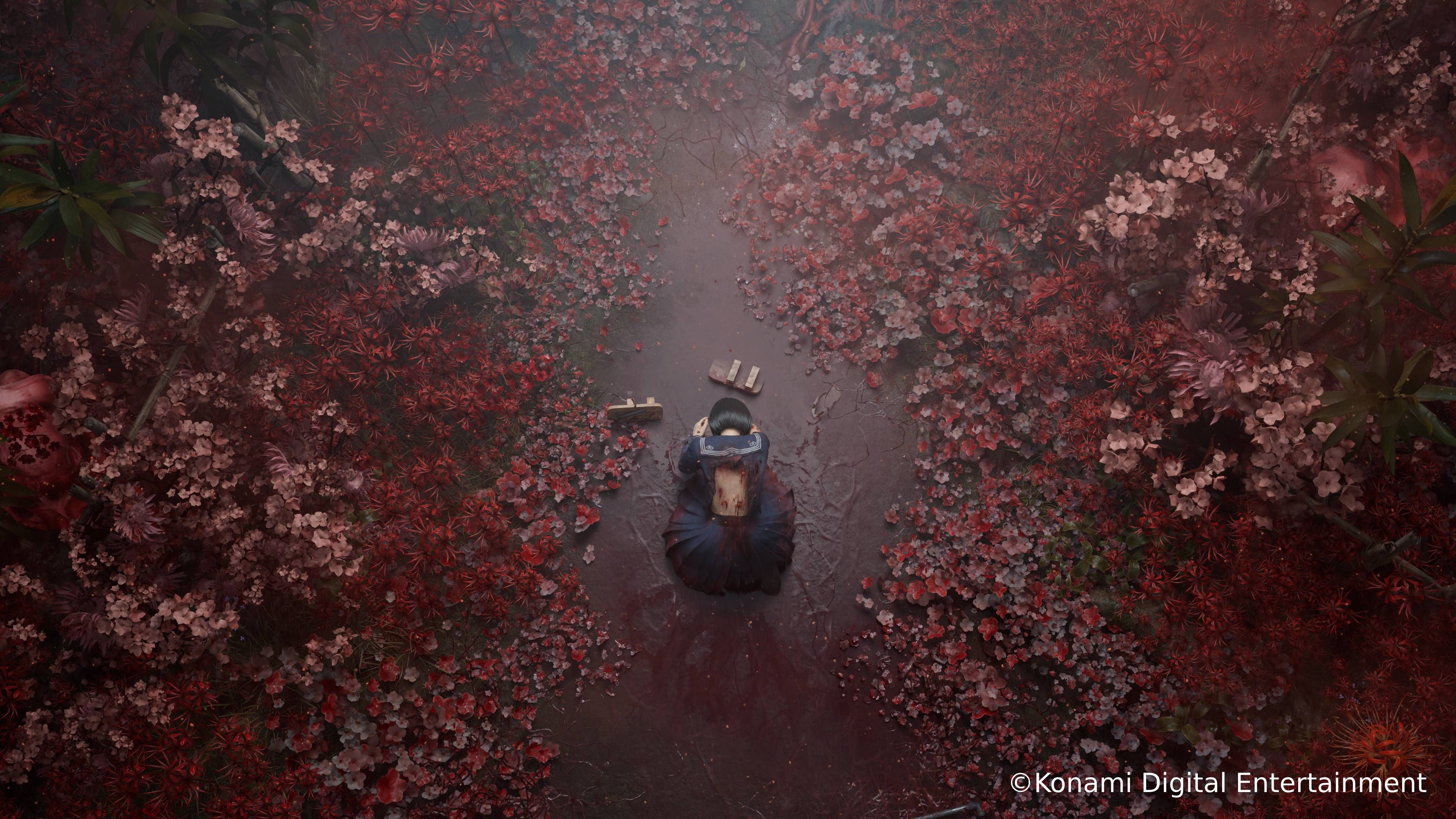Just about every piece of hardware that Nintendo sells is getting a little more expensive in the US — with the exception of the Switch 2. That includes all models of the original Switch, a bunch of accessories, and even a motion-activated alarm clock. The changes were made ahead of sweeping Trump administration tariffs that are scheduled to go into effect in August, and they show Nintendo is leaning on a strategy that it has employed across its business: largely avoiding risk. Raising the price of a new console isn’t the best look, and so the company is trying to claw back some of that money in safer ways, without gambling on the success of its most important product.
Earlier today, Nintendo announced that these new prices would go into effect starting on August 3rd. The actual increase hasn’t been announced yet, but a since-removed listing from Target suggests that the console hikes could range from $30 for the base Switch model to $50 for the OLED version. The move follows similar increases in Canada, and Nintendo says they’re being implemented “based on market conditions,” which is corporate speak for tariffs. Notably absent from the list of impacted products is the Switch 2. Nintendo says that current-gen hardware, along with games and Nintendo Switch Online subscriptions, “will remain unchanged at this time.”
So what’s the point of raising the price on old consoles and alarm clocks? Nintendo is infamous for being a fiscally conservative company, and it understands that, like everyone else, it will be impacted by the coming wave of tariffs. But Nintendo also knows that raising the price of the Switch 2 — which was already controversially expensive — less than two months after launch would not go down well. The early days of a console’s life are very important to help establish a baseline audience that a company can then build off of. And the Switch 2 is off to a great start. Just this morning the company announced that it had sold nearly 6 million Switch 2 units since its launch in June.
It seems the company has decided that it’s worth eating whatever added costs come its way if it means a successful launch for the Switch 2 — that includes the impending 20 percent tariff on imports from Vietnam, where many of the consoles are produced. But the same can’t be said for the original Switch or products like Alarmo. At this point in time, sales of the first Switch aren’t as integral to Nintendo’s success, and so the company is comfortable raising its price in response to its own rising costs. The original Switch is less important now but it’s not insignificant; Nintendo noted in its most recent earnings that “demand for Nintendo Switch has remained after Nintendo Switch 2 launched in June.” And so it appears that Nintendo is trying to nickel and dime its way into making up some of what it will lose through the tariffs it’s forced to deal with, all without disrupting the Switch 2’s momentum.
The new price hikes are simply a way of applying that way of thinking to the current chaos of Trump’s tariffs. That said, they could also end up being a soft launch of sorts, a way for Nintendo to gauge reactions before it does anything more drastic. Right now it has decided that it’s worth eating those costs, but that might not always be true moving forward. As it noted in today’s announcement, “price adjustments may be necessary in the future.” We don’t know yet what that might look like, but we do know that Nintendo will do whatever it can to avoid disrupting the Switch 2’s chances at success.


![1st Aug: My Oxford Year (2025), 1hr 52m [PG-13] (6/10)](https://occ-0-1081-999.1.nflxso.net/dnm/api/v6/Qs00mKCpRvrkl3HZAN5KwEL1kpE/AAAABf9fTK1P3CxB-euyl5a-G-iwg3H-dpLUhALLSjwxObAsAi6yZnFPMlvhZmxMTY2PCDkqIiTtnqBptkFJ_LjciO_SzzzlqsubhKME8SXuoBDkrFgcCZIGwV7Cl9vI_QdrFtk3qma9zkCfgrgf0c4D8BTVUWI9EDhJHsYWXw7wlG-KX59lidfBRtosJ8TxwAyFQ9tu2KHyuA.jpg?r=63b)











